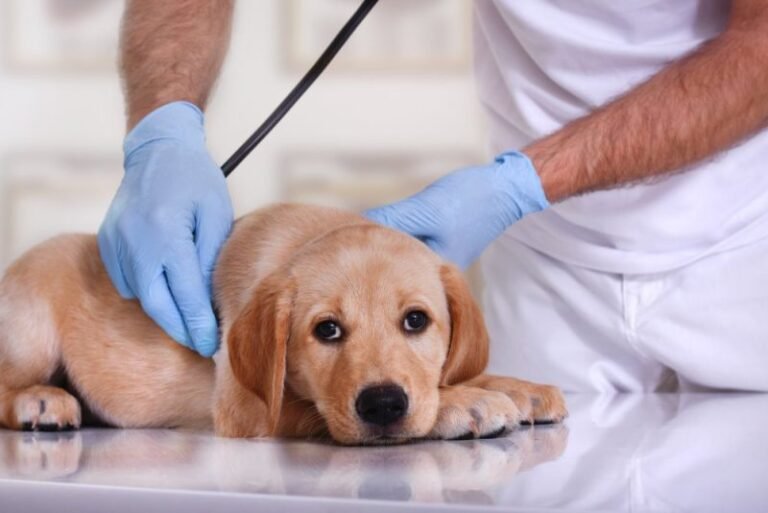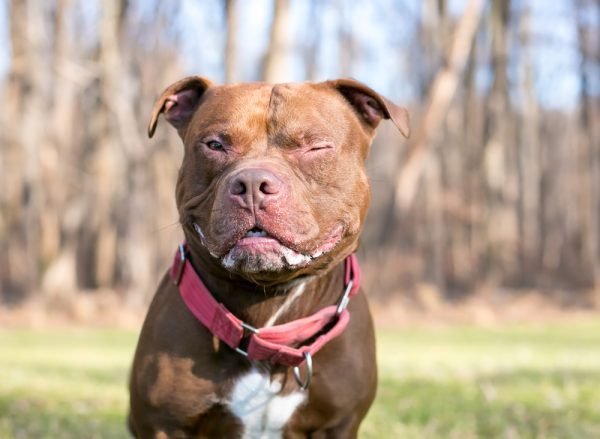

If you’ve noticed your Pitbull scratching nonstop, developing bald spots, or breaking out in red, irritated skin, you’re not alone. These loyal, lovable companions are sadly prone to a whole range of skin issues that can leave both pup and parent feeling frustrated.
But don’t worry. Once you understand what you’re looking at, many of these problems are totally manageable, some even preventable. We’ve rounded up 10 common skin conditions that affect Pitbulls and what you can do to help your dog feel more comfortable in their own skin.

10 Skin Problems Pitbulls Commonly Face (and How to Help)
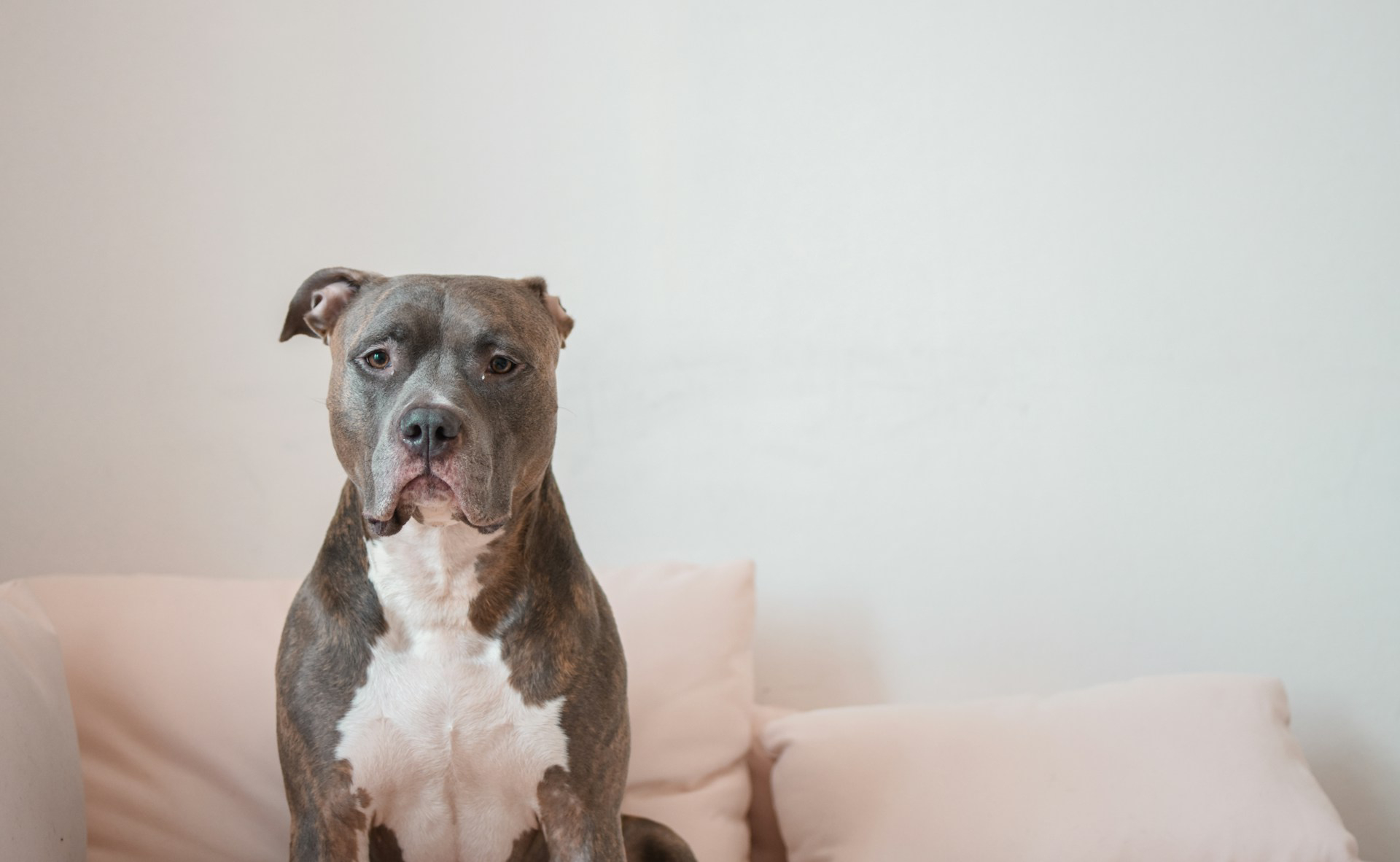
1. Atopic Dermatitis: The Allergy You Can’t See
This is one of the most frequent culprits behind itchy skin in Pitbulls. It’s caused by airborne allergens like pollen, mold, or dust mites—and it often starts young. Think of it like your dog having “leaky” skin that lets in irritants.
What helps: Medications for itching, allergy testing, and skin-friendly diets or supplements (like omega-3s or turmeric). In severe cases, allergy shots might be recommended.
2. Food Allergies: Sneaky Culprits in the Bowl
If your Pitbull’s skin issues won’t go away, their food could be to blame, especially proteins like beef, chicken, or eggs. Other signs may include ear infections or even digestive trouble.
What helps: A vet-supervised elimination diet is the gold standard for finding the cause. Once you know the trigger, avoiding it (even in treats and meds) is the key to a happy, itch-free pup.
3. Contact Allergies: Trouble on Touch
Grass, cleaning products, and synthetic fabrics can all trigger contact dermatitis. You might see redness or itching on the belly, paws, or armpits.
What helps: Avoiding the trigger is ideal, but not always possible. Try soothing oatmeal shampoos, and ask your vet if prescription creams or meds are needed.

4. Parasites: The Itch You Can Catch
Fleas and mites can cause chaos on your Pitbull’s skin, leading to scabbing, redness, and even infections. Fleas tend to gather near the tail; mites are invisible without a vet’s help.
What helps: Year-round parasite prevention is a must. If mites are involved, your vet will need to diagnose and prescribe targeted treatments for both your pet and their environment.
5. Infections: Yeast, Bacteria, and Ringworm, Oh My!
Infections often ride along with other skin issues. Yeast infections can cause black discharge, while bacteria may lead to crusty scabs. Ringworm (a contagious fungus) causes classic circular hair loss.
What helps: Medicated shampoos (like Malaseb, which is a vet-prescribed option) can work wonders. Be consistent and talk to your vet about any underlying causes that need long-term solutions.
6. Follicular Dysplasia: A Hair Growth Glitch
Some Pitbulls, especially those with dilute colors like blue or fawn, can develop follicular dysplasia. This genetic condition causes weak, patchy hair that eventually stops growing.
What helps: While there’s no cure, medicated shampoos can prevent infection. Treatments like melatonin or retinoids may help in some cases, but results vary.
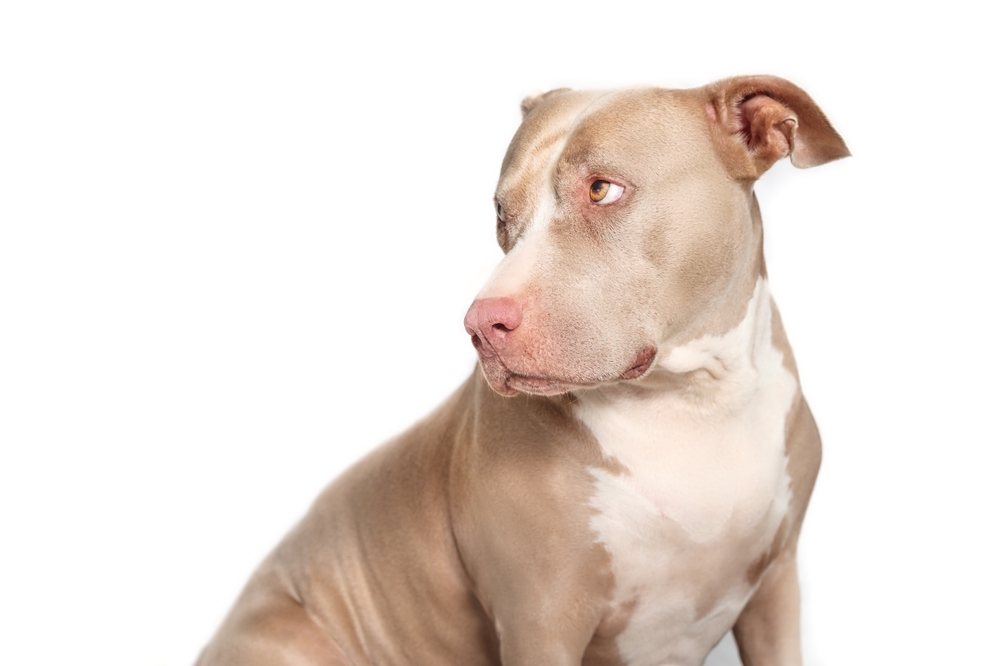
7. Hypothyroidism: When the Glands Go Quiet
A common issue in Pitbulls, this condition slows down metabolism and affects the coat. You might notice weight gain, tiredness, flaky skin, or fur that doesn’t grow back.
What helps: Daily thyroid hormone medication usually restores your dog’s energy and skin health. Blood tests are needed to get the dosage just right.
8. Zinc-Responsive Dermatosis: The Nutrient Your Dog Might Be Missing
Zinc deficiency can cause hair loss, cracked paw pads, and thick, crusty skin. It can stem from poor diet, certain supplements, or rare genetic issues.
What helps: Feed a high-quality, zinc-balanced dog food. Your vet may recommend stopping conflicting supplements or adding zinc directly.
9. Sebaceous Adenitis: An Immune System Mix-Up
This inflammatory skin disease attacks the oil glands, leading to dry, scaly skin, matted fur, and infections, often on the head, ears, or torso.
What helps: Special shampoos, conditioners, and immune-modulating medications prescribed by your vet. Long-term care and skin supplements (like vitamin A or omega fatty acids) may also help.
10. Cushing’s Disease: More Than Just a Skin Issue
This hormone imbalance causes thin hair, recurring infections, and even calcium deposits in the skin. Dogs often appear hungry, thirsty, and develop a “pot-belly.”
What helps: Diagnosis involves blood tests and possibly imaging. Depending on the cause, your vet might recommend medication or, in some cases, surgery.
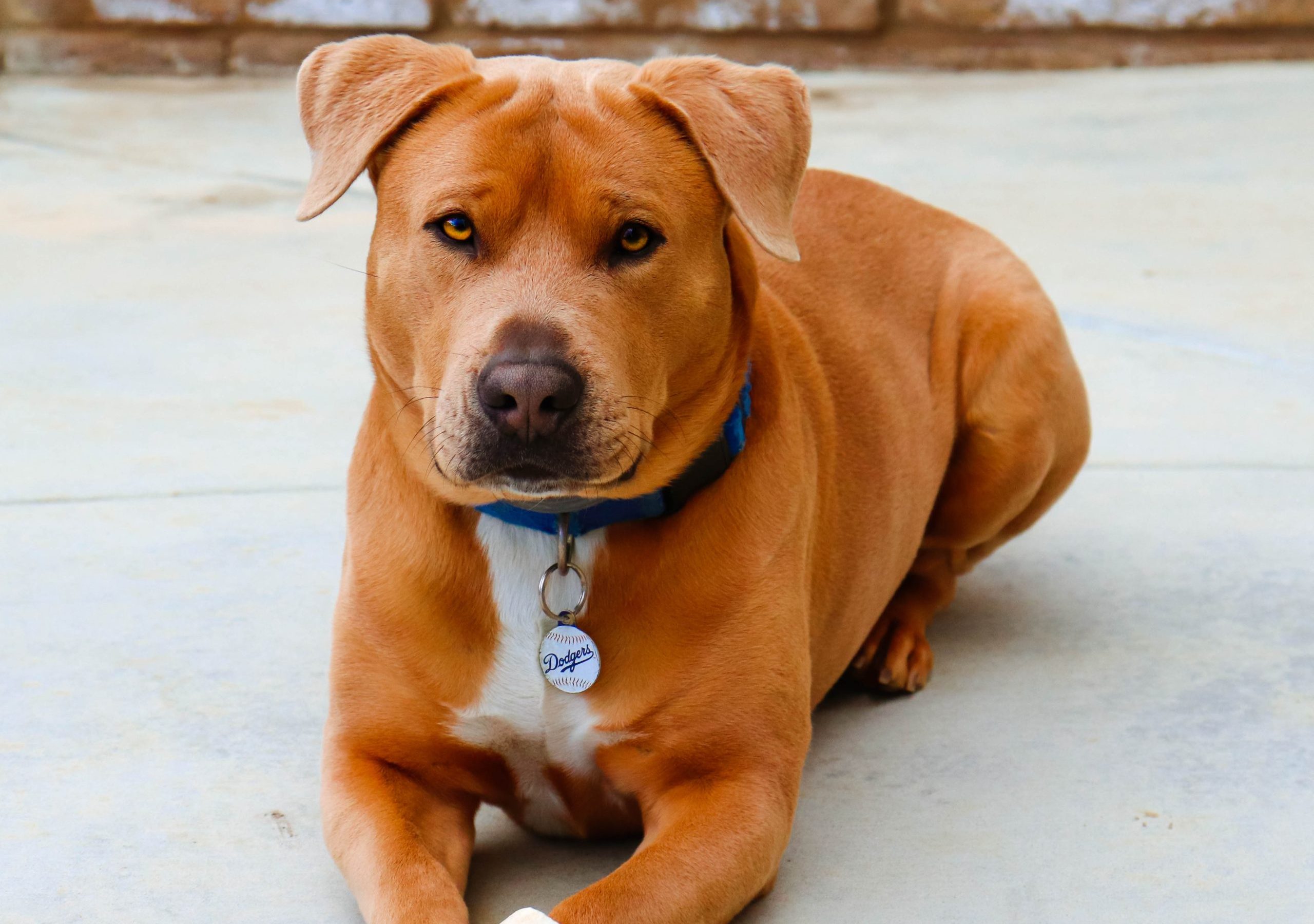

Final Thoughts: Your Pitbull Deserves Healthy Skin
Skin problems can make your Pitbull uncomfortable—but with the right information and a good vet on your team, most are totally manageable. Some conditions may just change how your dog looks, while others can impact their overall health.
The bottom line? If something seems off, don’t guess. Your vet can help you figure it out, and your pup will thank you with tail wags and snuggles.
Feature Image Credit: Mary Swift, Shutterstock
Did You Know?
- Our brand-new posts are rounded up and included in our weekly emails. Don’t miss out on the latest – sign up for our newsletter below!
